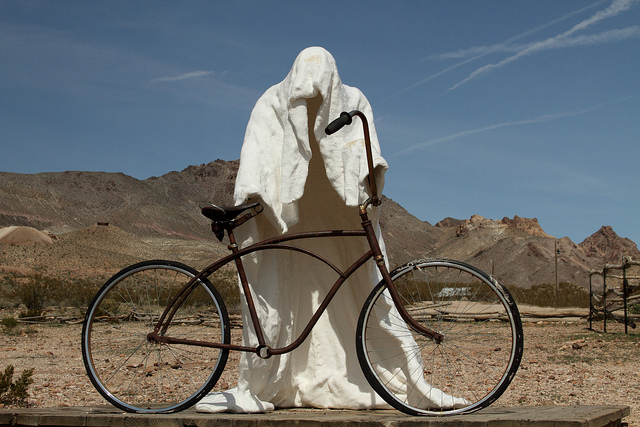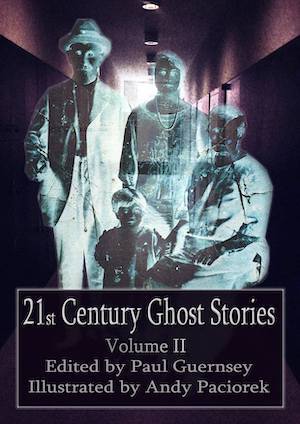
Image: Gabriel Millos
Let Your Characters Scare Themselves
What do we mean by internal terror? Well first, let’s talk about what it’s not—which is external terror. In a story that is intended to unsettle it’s reader, external terror is generated directly by the supernatural element, the ghost, demon, vampire, monster, or zombie. The ghost says boo and you scream and run; the monster swipes at you with it’s claws, and you scream and run. That’s external terror. Every jump-scare in every scary movie ever made is pure external terror.
Internal terror, by contrast, is a psychological element that existed in your protagonist/hero/victim even before your supernatural antagonist entered his or her life. For instance, your protagonist has always had a phobia about spiders—and suddenly she must deal with an entity that appears in the form of a tarantula. Or your hero has always been sickened to the point of passing out by the thought of heights—yet he must ascend the rickety scaffolding surrounding a crumbling tower in order to rescue his wife, who has been lured to the top by a demon. Or, take the example of Henry James’ governess character in his classic novella, The Turn of the Screw: She’s as sexually frustrated as she is sexually naive—and inexorably she finds herself contending with—or maybe just imagining—a pair of sexually menacing ghosts. (Something similar happens to the main character in Shirley Jackson’s fine novel, The Haunting of Hill House.)
Internal terror also occurs when characters’ imaginations runs wild. This is especially effective when those characters are uncertain of what, exactly, they’re facing on the supernatural front—and their own minds present them with an array of horrifying possibilities.
Internal terror is usually deeper, richer, more thought-provoking, and ultimately more satisfying to the reader than external terror. In cases where a supernatural story has been generally accepted as fine literature, it is usually because of the skillful way the author has managed to arouse internal terror in both his characters and his audience.

